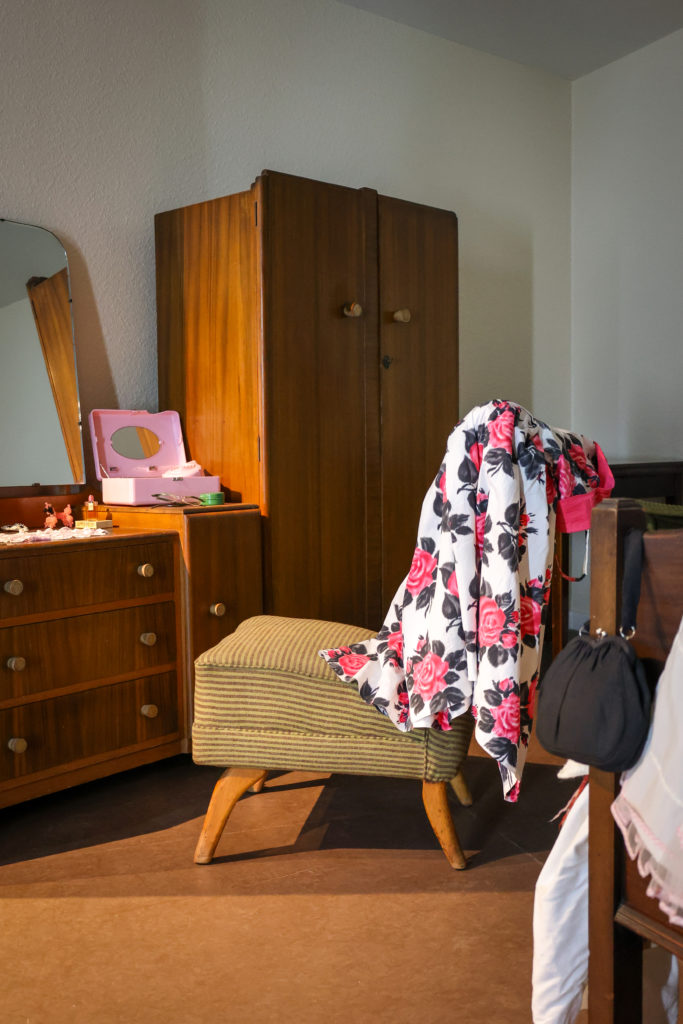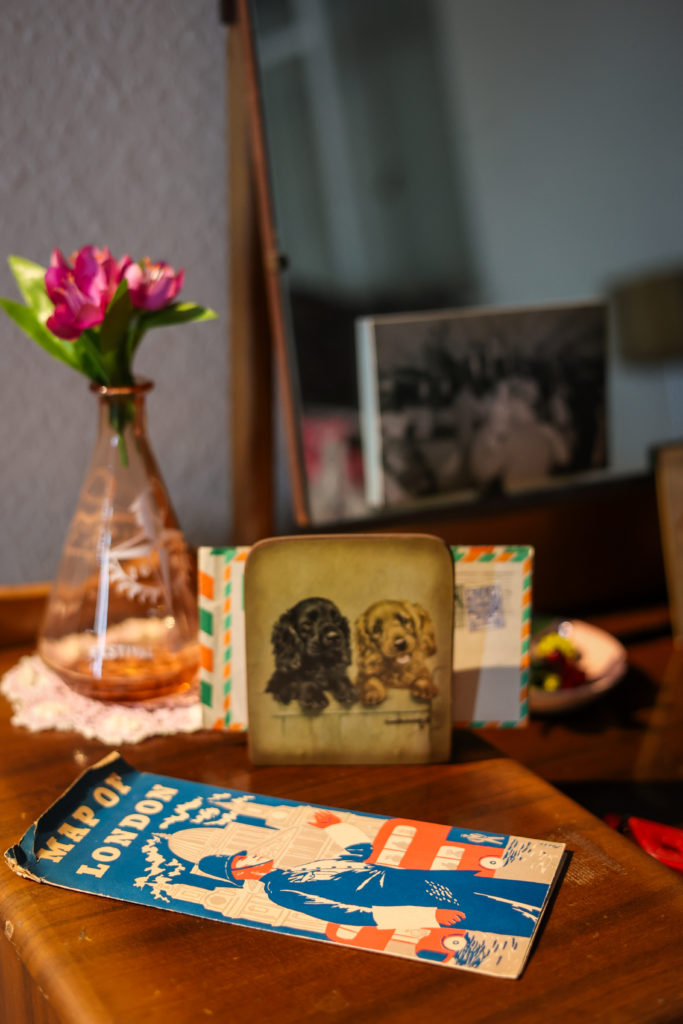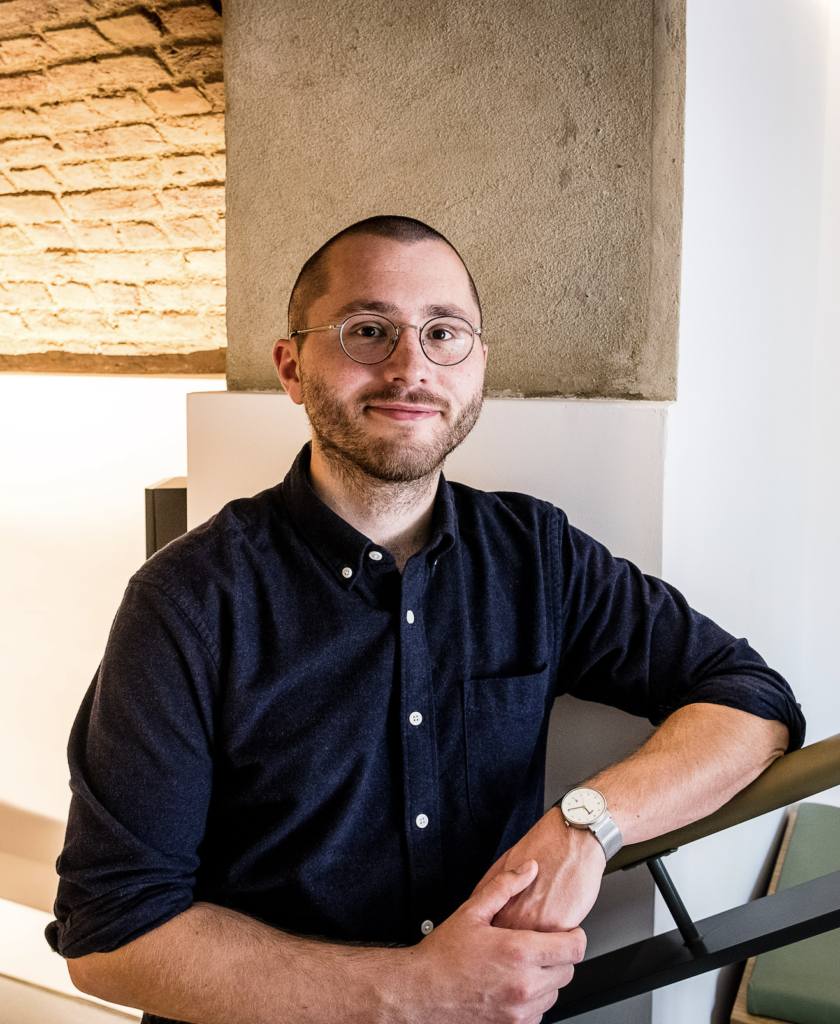A POIGNANT new installation offers a depiction of what life was like for Irish immigrants living in Britain in the 1950s.
The Museum of the Home will unveil its new Real Rooms galleries this month, a project which they have been working on for over three years.
Based in Hoxton, east London, the museum, which was founded in 1914 and was formerly called the Geffrye Museum, prides itself on telling the history of the nation through everyday physical artefacts and settings.
In order to keep their displays as relevant as possible, the venue has redeveloped one of its wings and updated the Rooms Through Time exhibit located within it to better represent the multicultural makeup of the nation.
Now, for the first time, the museum will feature an Irish room, representing the experience of those who left Ireland and relocated in Britain through the items and the fittings and fixtures that would have been found in their homes.
 The Irish room at the Real Rooms galleries
The Irish room at the Real Rooms galleriesThe room is one of seven new installations which will be on display at the site as of this month.
Each room represents a different era, from the 1870s up to the present day, and a different community – including representations of the Jewish community, the Windrush generation and the LGBT+experience.
Louis Platman is a curator at the museum who has led the team working on the Irish installation.
Complete with a bedroom, bathroom and a hallway, the room is designed to reflect the life of a young Irish couple, Kathleen and Patrick, who are recently married and living in a flat in Camden, north London.
The setting of the room depicts a Saturday night, where the couple are getting ready to head out to a dancehall. Their clothes lay pressed on the bed, their drinks are half drunk and the smell of Kathleen’s perfume hangs in the air.
Everything in the room – from the lino to the curtains and the bedclothes - has been purposefully placed there, based on insights given by real Irish immigrants who have liaised with the museum on the project.
“We have been working with the London Irish Centre for a couple of years now on this project,” Mr Platman told the Irish Post in an exclusive interview, ahead of the room’s grand opening.
“They have been fantastic, they have hosted regular reminiscence groups on our behalf, capturing the oral histories of Irish people who migrated to London from the 1950s to the 1970s.
“So, we have been capturing information that the history books don’t cover, like what the colour of their lino was when living here in the 1950s.”
 Familiar items representing the experience of Irish emigrants in Britain
Familiar items representing the experience of Irish emigrants in BritainHe added: “These are potentially boring things, that are actually incredibly important when we are trying to put together an authentic room.
“The wallpaper, flooring, bedcovers, these are all vital little nuggets of information that we need to know and those sessions with people from the London Irish community have been invaluable in that.”
So, who are the Irish couple that live in the room they have created?
“While the couple themselves are sort of an amalgamation of lots of different stories that we have collected from historical research, there are lots of bits of the room that have come directly from people's personal stories,” Mr Platman explains.
“There are some objects too that have been donated by the community which has been fantastic.”
The museum has taken a similar approach to all of the rooms in its Real Rooms exhibition.
Items that are on display are either donated by community members who have helped inform their research, or they are purchases the museum has made from antique shops or online stores.
“We have been trying to visually match the furniture with visual references at times, from the stories that people are telling us, in order to get the closest match possible,” Mr Platman said.
 Museum curator Louis Platman
Museum curator Louis Platman“But ideally as we go forward, if people come and visit the museum and tell us their bedroom was like ours and that they have that old piece of furniture still, we would love for people to donate their furniture, if they are comfortable with that, so that we can replace some of the more generic objects that we have bought for the rooms.”
Having worked on the Real Rooms project for over three years, Mr Platman is keen to finally see it open to the public this month and welcomes the feedback from visitors which will allow it to progress further.
“The room will definitely evolve with interaction from visitors,” he says.
“We are viewing these rooms as a jumping off point for our collection, based around these communities, and for the displays.
“So, we really want people to get involved, to come along and feel an emotional connection to the room.
“Then if they have things to donate that is going to be amazing.
“It is only going to make the room stronger if it then becomes populated with more and more objects that have an emotional history and resonance to the room.”
While in the past the museum has kept visitors at a safe distance from its displays, the new Real Rooms installations will actively encourage audience participation.
“Our rooms in the past have been roped off and barriered off for people to just appreciate as they walk past,” Mr Platman says.
“With the new rooms we want to play into the urge to get to grips with these historical objects so there are sections of every room which visitors can go into and physically interact with the objects.
“With the Irish room, for example, the bedroom is barriered off but there is a hallway and a bathroom section that is completely interactive.”
 The Real Rooms exhibit will officially open on July 23
The Real Rooms exhibit will officially open on July 23And what can visitors expect from the experience?
“The story this room is telling is it’s looking at the Irish community and how important they were in terms of rebuilding London after the war, in terms of both literally in the construction industry but also in terms of nurses helping found the NHS,” Mr Platman explained.
“It’s a fascinating point in history and it is fantastic to look at it through a London Irish lens."
He added: “I am excited for the launch; we are really interested to see how people will experience the rooms.
“And in the coming months and years the rooms are only going to get more detailed, more full of personal objects and personal stories, so I am eager to get this going and start letting the public in.”
The Real Rooms installation will be a permanent exhibition at the Museum of the Home, meaning it could have a lifespan from between five and 25 years.
“These rooms will certainly be there for a long time, and they will keep evolving and keep growing as the years go on,” Mr Platman confirms.
Real Rooms at the Museum of the Home’s Rooms Through Time Galleries will open to the public on July 23.


